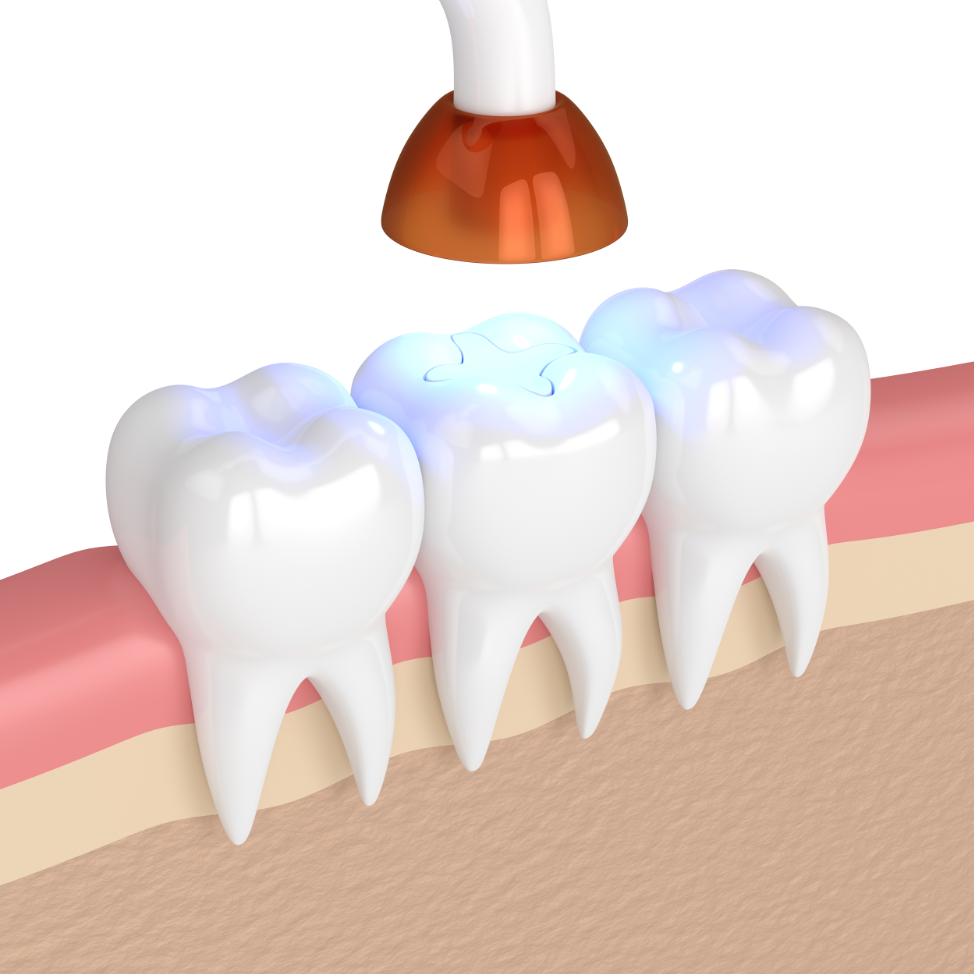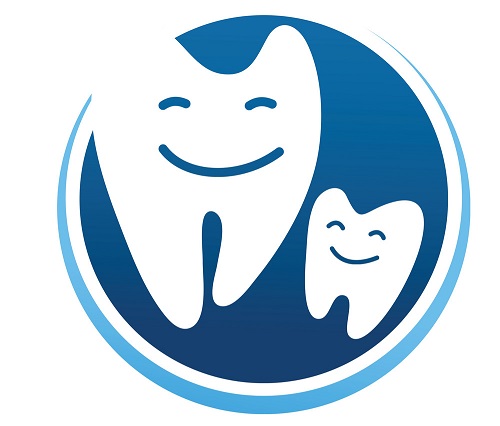Introduction
Tooth decay is a common dental problem that affects people of all ages. It occurs when the bacteria in your mouth produce acids that erode the enamel, leading to cavities. If left untreated, tooth decay can cause pain, infection, and even tooth loss. Dental fillings are a common treatment option for tooth decay, as they help restore the damaged tooth structure and prevent further decay.
Understanding Tooth Decay
Tooth decay, also known as dental caries or cavities, is a common dental problem that affects people of all ages. It occurs when the bacteria in your mouth produce acids that erode the enamel, the protective outer layer of your teeth. If left untreated, tooth decay can lead to pain, infection, and even tooth loss.
Causes of Tooth Decay
Several factors contribute to the development of tooth decay:
Poor Oral Hygiene
Not brushing and flossing regularly allows plaque to build up on your teeth, leading to decay.
Dietary Habits
Frequent consumption of sugary and acidic foods and beverages increases the risk of tooth decay.
Dry Mouth
Saliva plays a crucial role in neutralizing acids and preventing tooth decay. A dry mouth condition can increase the risk of cavities.
Genetics
Some individuals may be genetically predisposed to tooth decay due to the composition of their saliva or the shape of their teeth.
Signs and Symptoms of Tooth Decay
Recognizing the early signs of tooth decay can help prevent further damage. Look out for the following symptoms:
Tooth Sensitivity

If you experience pain or discomfort when consuming hot, cold, or sweet foods, it may indicate tooth decay.
Toothache
A persistent, throbbing toothache is often a sign that decay has reached the inner layers of the tooth.
Tooth Discoloration
Dark spots or stains on the surface of your teeth can indicate the presence of decay.
Holes or Pits in Teeth
Visible cavities or pits in your teeth are a clear indication of tooth decay.
Treatment Options: Dental Fillings
When tooth decay is detected, prompt treatment is essential to prevent further damage. Dental fillings are a common and effective treatment option.
Summary
Tooth decay is a prevalent issue that can have serious consequences if not addressed in a timely manner. This blog post aims to provide you with essential information about tooth decay and dental fillings. It will cover the causes and symptoms of tooth decay, the importance of early detection and treatment, and the role of dental fillings in restoring and protecting decayed teeth. By understa nding the basics of tooth decay and dental fillings, you can take proactive steps to maintain good oral health and prevent future dental problems.
- Q: What is tooth decay?
- A: Tooth decay, also known as dental caries or cavities, is the destruction of the tooth structure caused by acids produced by bacteria in the mouth.
- Q: What causes tooth decay?
- A: Tooth decay is primarily caused by poor oral hygiene, frequent consumption of sugary and acidic foods and drinks, and bacteria in the mouth.
- Q: How can I prevent tooth decay?
- A: To prevent tooth decay, it is important to brush your teeth at least twice a day, floss daily, limit sugary and acidic food and drinks, and visit your dentist regularly for check-ups and cleanings.
- Q: What are the symptoms of tooth decay?
- A: Symptoms of tooth decay may include toothache, tooth sensitivity to hot or cold, visible holes or pits in the teeth, and dark spots on the tooth surface.
- Q: What are dental fillings?
- A: Dental fillings are materials used to restore and fill cavities caused by tooth decay. They help to prevent further decay and restore the function and appearance of the affected tooth.
- Q: How are dental fillings placed?
- A: Dental fillings are placed by removing the decayed portion of the tooth, cleaning the area, and filling the cavity with a suitable filling material such as composite resin, amalgam, or porcelain.
- Q: How long do dental fillings last?
- A: The lifespan of dental fillings can vary depending on the type of filling material used, the size and location of the filling, and individual oral hygiene habits. On average, dental fillings can last 5 to 15 years.
- Q: Are dental fillings painful?
- A: The process of getting a dental filling is usually not painful as local anesthesia is used to numb the area. However, some sensitivity or discomfort may be experienced after the procedure, which should subside within a few days.

Hello, and welcome to my website! My name is Thomas Anderson, and I am thrilled to share my passion for dental hygiene with you. As a professional dental hygienist, I have dedicated my career to helping individuals achieve optimal oral health and maintain beautiful smiles.


